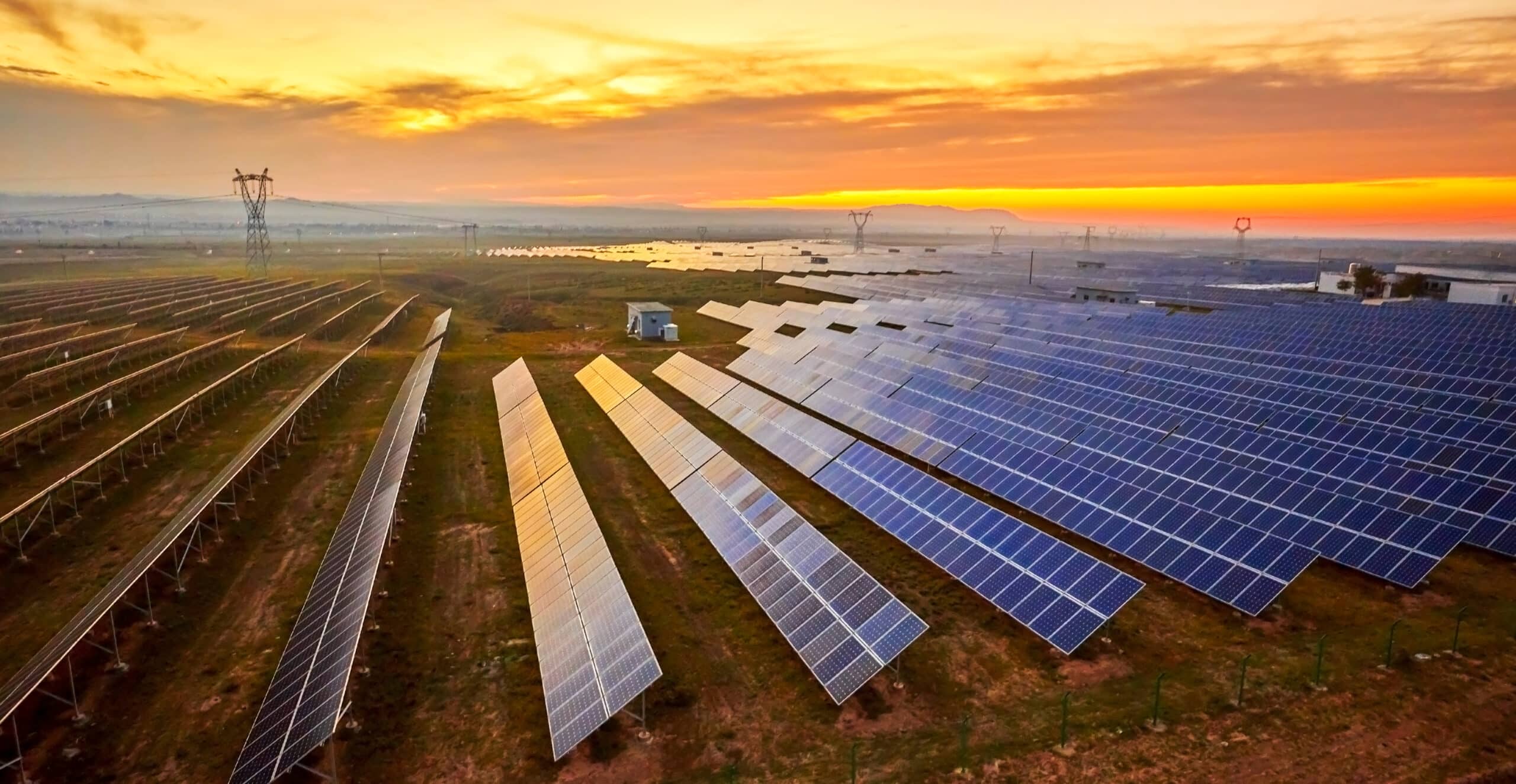Currently Empty: $0.00

As the world grapples with climate change, energy insecurity, and rising fossil fuel costs, the spotlight has turned to clean, renewable alternatives. At the heart of this energy revolution is solar energy—a powerful, sustainable solution with the potential to reshape our planet’s energy future. In this guide, tailored for students, engineers, and technology enthusiasts, we’ll explore how solar energy works, its technological foundations, and why it is poised to lead the energy future.
What Is Solar Energy?
Solar energy is energy harnessed from the sun’s radiation. Every hour, the Earth receives more energy from the sun than the entire world consumes in a year. By capturing and converting this energy into usable electricity or heat, we can power homes, vehicles, industries, and entire cities with minimal environmental impact.
How Solar Power Works
The process of converting sunlight into electricity is based on photovoltaic (PV) technology or solar thermal systems.
1. Photovoltaic (PV) Systems
PV systems are the most common method for generating solar electricity, especially for residential and commercial installations.
How It Works:
- Solar panels consist of solar cells made from semiconductor materials like silicon.
- When sunlight hits the panel, photons (light particles) knock electrons loose from atoms within the cell.
- This movement of electrons creates an electric current—known as the photovoltaic effect.
- The direct current (DC) produced is then converted to alternating current (AC) using an inverter, which is the standard form of electricity used in homes and businesses.
2. Solar Thermal Systems
Solar thermal systems use sunlight to heat fluids, which can be used directly or to generate steam for electricity.
Types include:
- Solar Water Heaters: Heat water for residential or industrial use.
- Concentrated Solar Power (CSP): Uses mirrors or lenses to focus sunlight onto a small area, generating intense heat that drives a turbine to produce electricity.
Key Components of a Solar Energy System
To better understand how solar energy integrates into our power systems, let’s break down the components of a typical solar installation:
a. Solar Panels (PV Modules)
Capture sunlight and convert it into DC electricity.
b. Inverter
Converts DC into AC, making electricity compatible with grid systems and appliances.
c. Battery Storage (Optional)
Stores excess energy for use during nighttime or cloudy days.
d. Mounting Systems
Support panels on rooftops, ground arrays, or solar trackers for optimal sun exposure.
e. Charge Controllers
Regulate voltage and current from the panels to protect batteries from overcharging.
Advantages of Solar Energy
From environmental benefits to economic incentives, solar energy offers numerous advantages:
1. Renewable and Abundant
Solar energy is available every day and virtually inexhaustible—especially in sunny regions.
2. Reduces Carbon Emissions
Unlike fossil fuels, solar power generates electricity without greenhouse gases, making it a key tool in the fight against climate change.
3. Energy Independence
Nations and individuals can reduce reliance on imported fuels by producing their own power.
4. Decreasing Costs
Thanks to technological advancements and scale, the cost of solar panels has dropped by over 80% in the past decade.
5. Low Maintenance
Once installed, solar systems require minimal upkeep and can last 25–30 years or more.
Technological Innovations in Solar Energy
The field of solar energy is rich with engineering innovation. For students and professionals in engineering and tech, the following developments are especially exciting:
a. Perovskite Solar Cells
These next-gen materials offer high efficiency at lower production costs compared to traditional silicon.
b. Bifacial Panels
Capture sunlight from both sides, increasing energy yield by 10–20%.
c. Floating Solar Farms
Installed on lakes and reservoirs, these systems reduce land use and help prevent water evaporation.
d. Solar Skins and Flexible Panels
Innovative designs that blend into building facades or wrap around curved surfaces.
e. AI and IoT Integration
Smart solar systems use AI to forecast energy production, optimize usage, and manage battery storage more efficiently.
Solar Energy and the Smart Grid
As more households and businesses adopt solar energy, we move closer to the smart grid era—an intelligent, decentralized power system that balances energy supply and demand in real time.
Key concepts:
- Net Metering: Allows solar users to sell excess power back to the grid.
- Distributed Generation: Solar systems generate power closer to where it’s consumed, reducing transmission losses.
- Grid Resilience: Solar and storage systems can provide backup power during outages, improving reliability.
Challenges and Considerations
While solar energy is a game-changer, it’s not without its challenges:
- Intermittency: Solar power depends on sunlight, which isn’t constant.
- Initial Cost: Though prices have dropped, upfront installation costs can still be a barrier.
- Land Use: Large solar farms can compete with agriculture and wildlife habitats.
- Energy Storage: Affordable and scalable battery solutions are crucial for maximizing solar potential.
Engineers are actively addressing these issues with better storage systems, hybrid solutions (like solar + wind), and innovative deployment models.
Why Solar Energy Is the Future
So, why is solar energy considered the future of energy?
1. Scalability
Solar energy can power a small device or an entire city. It’s scalable, modular, and adaptable.
2. Job Creation
The solar sector is a major source of new employment across engineering, manufacturing, installation, and maintenance.
3. Policy Support
Governments worldwide are investing in solar through tax credits, incentives, and mandates as part of their clean energy goals.
4. Sustainability Goals
Solar energy aligns with global efforts like the UN Sustainable Development Goals (especially Goal 7: Affordable and Clean Energy).
5. Technological Synergy
Solar pairs well with other emerging technologies like electric vehicles (EVs), smart homes, and green hydrogen production.
Solar Energy in Engineering Education
For engineering students and academies, solar technology presents a wealth of learning and research opportunities. From materials science and electrical engineering to environmental impact analysis, solar energy sits at the intersection of innovation, sustainability, and real-world application.
Educational institutions play a key role in training the next generation of solar engineers, researchers, and entrepreneurs.
Key focus areas include:
- Solar PV system design and simulation
- Energy conversion and storage
- Renewable energy policy and economics
- Emerging solar technologies
- Grid integration and hybrid systems
Final Thoughts
Solar energy is more than just an alternative—it’s a fundamental pillar of a sustainable, technologically advanced future. As engineers, students, and educators, embracing solar power means contributing to solutions that are clean, innovative, and necessary for global progress.
Whether you’re designing the next high-efficiency panel or simply learning how the sun powers your home, the journey into solar starts with understanding the science, technology, and potential behind it.



